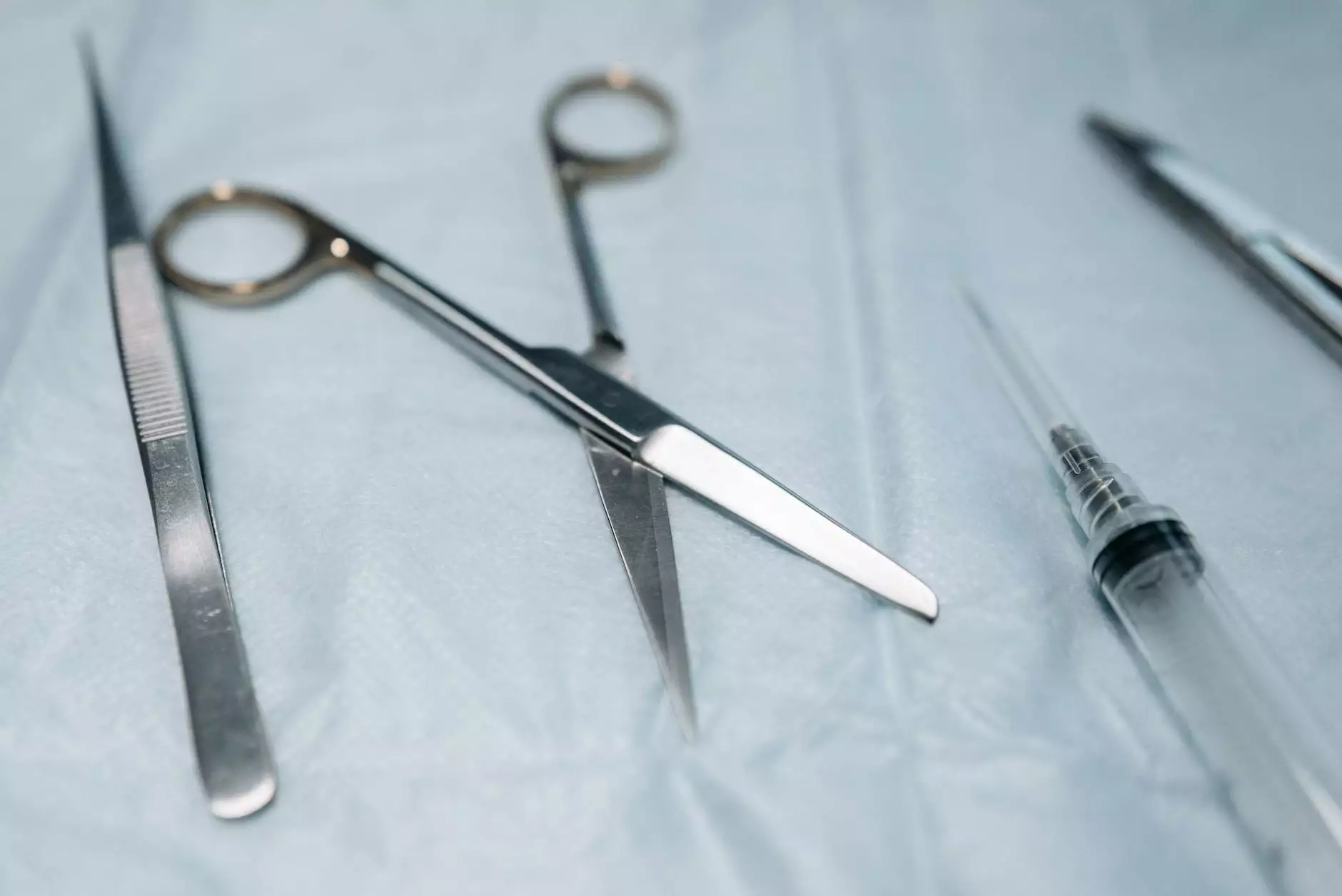Lung Cancer Screening: Understanding Its Importance and Benefits

Lung cancer remains one of the leading causes of cancer-related deaths worldwide. However, early detection through lung cancer screening can significantly improve survival rates and treatment outcomes for those diagnosed. In this comprehensive guide, we will explore what lung cancer screening entails, the different methods available, and the critical reasons for considering screening, especially for those at high risk.
What is Lung Cancer Screening?
Lung cancer screening refers to the process of testing individuals at high risk for lung cancer to detect the disease at an earlier stage when treatment can be more effective. The primary method for screening is the low-dose computed tomography (CT) scan, which is specifically designed to find lung cancers that are still small and manageable.
Who Should Get Screened for Lung Cancer?
According to health experts, the following individuals are recommended to undergo regular lung cancer screening:
- Adults aged 50-80 years
- Individuals with a history of heavy smoking (30 pack-years or more)
- Those who currently smoke or have quit within the past 15 years
- Individuals with a family history of lung cancer
The Importance of Early Detection
The importance of lung cancer screening cannot be overstated, as early detection can lead to timely treatment and significantly improve outcomes. Here are some key reasons why screening is crucial:
1. Increased Survival Rates
Research has shown that detecting lung cancer at an early stage can lead to a five-year survival rate of up to 56%, compared to just 4% when diagnosed at more advanced stages. Early screening allows for more treatment options and better prognoses.
2. Better Treatment Options
With early detection, patients have the opportunity to explore various treatment plans including surgery, radiation, and targeted therapies, tailored to their specific condition. This flexibility can lead to improved quality of life during and post-treatment.
3. Reduced Treatment Costs
Early-stage lung cancer is generally less expensive to treat than late-stage cancer. By investing in screening, healthcare systems can potentially reduce overall treatment costs and improve patient health outcomes.
Methods of Lung Cancer Screening
While low-dose CT scans are the most commonly used method for lung cancer screening, several other approaches are also being explored:
1. Low-Dose Computed Tomography (LDCT)
As previously mentioned, LDCT is the gold standard for lung cancer screening. It uses a lower dose of radiation than regular CT scans and is specifically effective in identifying small nodules in the lungs.
2. Chest X-Rays
While not as effective as LDCT, standard chest X-rays can occasionally detect lung abnormalities. However, they are not recommended as a primary screening tool due to their lower sensitivity in identifying early-stage cancers.
3. Biomarkers and Blood Testing
Emerging research in the field of biomarkers could one day provide non-invasive blood tests to detect lung cancer. Although still in experimental stages, these tests promise to augment current screening practices.
What to Expect During a Lung Cancer Screening
Here’s what individuals can expect during the lung cancer screening process:
- A short series of questions regarding medical history and smoking habits.
- A low-dose CT scan will be performed, typically taking only a few minutes.
- Afterward, patients may receive a follow-up appointment to discuss results and next steps.
The Role of Healthcare Providers in Screenings
Your healthcare provider plays a critical role in determining the need for lung cancer screening. Here are some important aspects:
1. Comprehensive Evaluation
Providers conduct a thorough evaluation of an individual's risk factors, including their smoking history, family medical history, and current health status to make informed decisions about screening.
2. Personalized Recommendations
Based on the evaluation, healthcare professionals can provide personalized recommendations aimed at helping individuals understand the benefits and potential risks of screening.
3. Guidance on Follow-up Care
If a screening reveals anomalies, providers will guide patients through the next steps, which may include additional testing, follow-up imaging, or referrals to oncologists.
Common Concerns and Misconceptions
Many people have concerns regarding lung cancer screening due to misunderstandings about the process. Here are some common misconceptions addressed:
1. Radiation Exposure from CT Scans
While it is true that CT scans involve radiation, the dose used in low-dose CT screening is significantly lower than that of conventional scans and is considered safe for screening purposes.
2. False Positives
People often worry about the anxiety and stress caused by false positive results. Although false positives can occur, follow-up procedures and additional imaging help clarify these results, minimizing concerns.
3. Screening is Only for Smokers
While smokers are at a higher risk, non-smokers can also develop lung cancer. Family history and exposure to certain occupational hazards warrant discussion around screening, making it viable for a broader audience.
Preventive Measures Beyond Screening
Lung cancer screenings are vital, but they are only a part of an overall strategy to prevent lung cancer. Here are some important preventive measures:
1. Smoking Cessation
The most significant step individuals can take is to stop smoking. Resources such as support groups, nicotine replacements, and counseling can aid in this effort.
2. Healthy Lifestyle Choices
A balanced diet, regular physical activity, and maintaining a healthy weight all contribute to overall well-being and can help lower cancer risks.
3. Environmental Awareness
Avoiding exposure to carcinogens such as radon, asbestos, and secondhand smoke reduces lung cancer risk. Ensure that your living and working environments are safe and free from harmful substances.
Conclusion: The Path to Healthier Lungs
The importance of lung cancer screening cannot be downplayed, especially for those at high risk. With advancements in screening technology and increased awareness regarding lung cancer, we can take significant strides towards early detection and improved health outcomes. If you or a loved one falls into the risk categories outlined, consider discussing lung cancer screening options with your healthcare provider today. Together, we can make informed choices that lead to healthier lungs and longer lives.
Take Action Today
For more information on lung cancer screening and other health-related topics, visit our website at Hello Physio.









